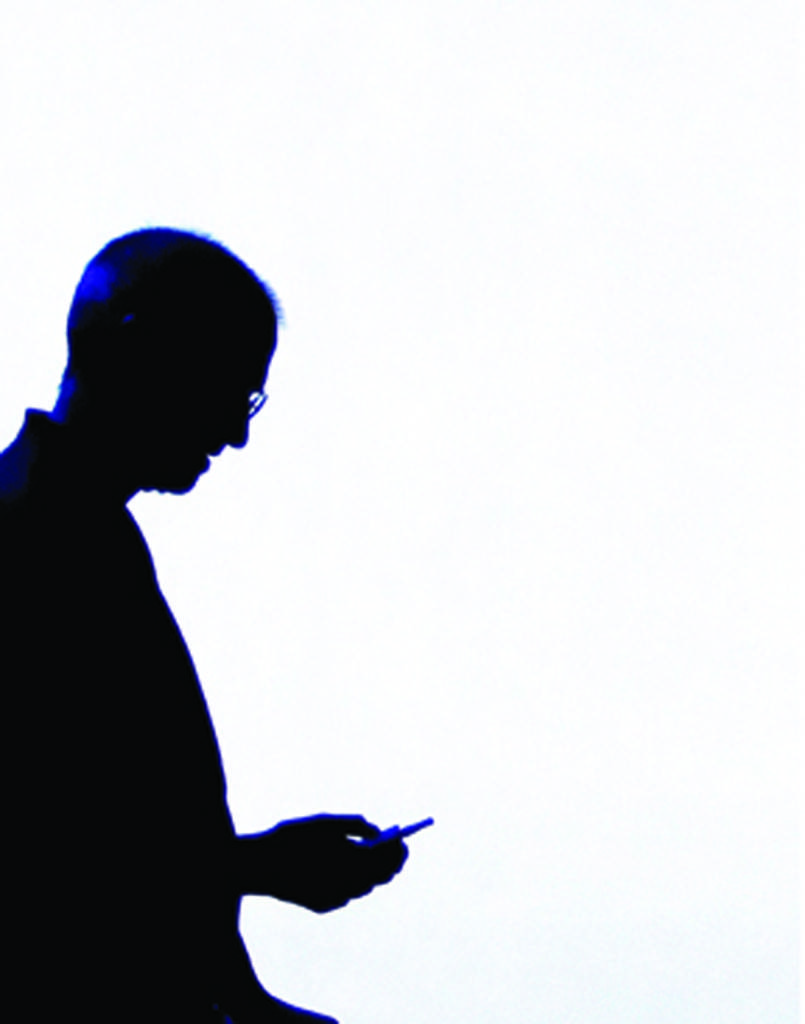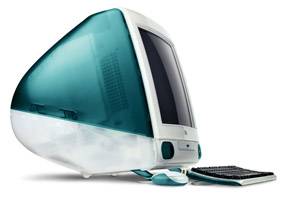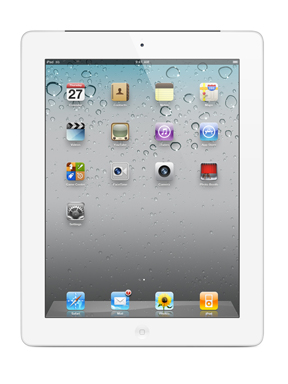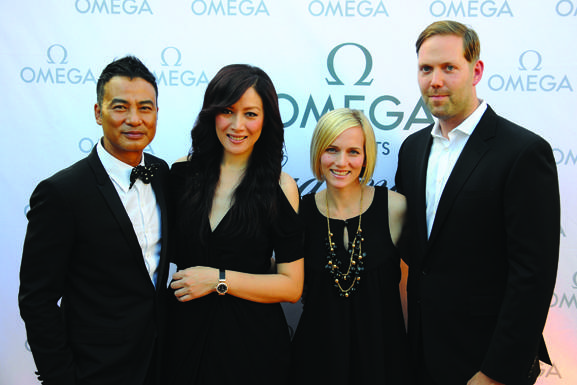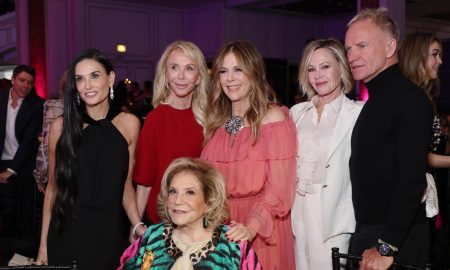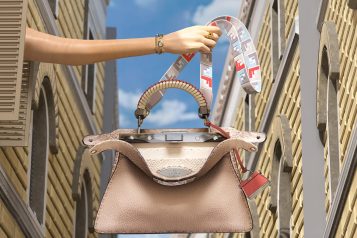In the days following Steve Jobs’ death on October 5, 2011, the tech community both around the world and in its epicenter of San Francisco–the home of Silicon Valley, venture capitalism, technological advancement and Jobs’ childhood– felt a unique sense of loss.
It seems strangely prophetic that Jobs was born and raised in Silicon Valley. The tech mogul was born to an unmarried graduate student and then adopted by Paul and Clara Jobs. He started Apple at age 21 with Steve Wozniak, at an age when many of his peers were still in college, partying and figuring out what they wanted to do with their lives. Jobs, however, already knew.
His father was a mechanic, and the two of them worked on electronics together in the family’s garage. Jobs dropped out of college; organized academics did not resonate with him—but spent the following 18 months succumbing to his own curiosity by listening in on creative classes. After a stint as a video game designer at Atari and self-revealing travels around India, Jobs and Wozniak founded Apple Computer, Inc.
In 1974, the two men revolutionized the computer by producing a user-friendly model. From the beginning, the Apple computer was smaller, cheaper, intuitive, and accessible to everyday consumers. Apple enjoyed a healthy growth, even in its early years—becoming a publicly traded company in 1980 with an instant market value of $1.2 billion. Jobs took a brief absence as CEO of Apple in 1994. At that time, Jobs went to a company called NeXT, Inc., which went downhill and was acquired by Apple in 1997; at which time Jobs was permanently reinstated as CEO.
From that point, everything Jobs touched seemingly turned to gold. He purchased an animation company from George Lucas, forming Pixar Studios, which has netted $4 billion in film revenue and successfully merged with Walt Disney, thus making Jobs Disney’s largest shareholder. Crediting his love for simple, clean aesthetics to a calligraphy course he once audited, Jobs effectively branded Apple using stylish designs and sleek campaigns that caught consumer attention and intrigue, and ultimately endeared the brand into consumers’ hearts. Apple’s worth reached groundbreaking numbers with a bank surplus of $18 billion, $0 debt, and the technology giant stubbornly prevails as No. 1 in America’s Most Admired companies and No. 1 amongst Forbes’ Fortune 500 companies for returns to shareholders.
Today, it’s hard to imagine a life without iPhones, iTunes, Mac computers and the digital progress those devices facilitated. The products and byproducts of Apple’s innovations—from iPads to Apps to iPods—blazed the trail for a whole new level of global communication and possibilities for digital business. These ventures have revolutionized the way that people organize their lives and conduct their businesses; changed the way they shop, the ways they communicate and the way they read, view, or listen to all forms of media.
The hautest brands—including Yves Saint Laurent, Balenciaga, Fendi, Bottega Veneta, Franck Muller and many more, offer what seems to be now obligatory, ultra-luxe iPad, iPod and iPhone cases made from the finest leathers, animal skins, diamonds and crystals.
In true haute style, we recognize the effect Jobs’ many innovations had on the luxury market. Beyond the growing number of luxury lifestyle apps—from shopping to city guides to concierge services to digital reservation bookers—living the haute life is as seamless as ever. The Hublot App allows users to see how luxury timepieces would look on their own wrists and in an instant, holiday wish lists are born without braving the snow and cold for window-shopping. Both Tiffany & Co. and Cartier have bridal apps perfect for selecting engagement rings, browsing wedding bands or even finding love advice. OPI lets users adjust their skin color and try on the latest nail polish shades, so they can walk into the nail salon as prepared as they would be for a board meeting. The Audi App lets users navigate every detail of its cars, while the Rolls-Royce App lets users create their dream Phantoms, with creative freedom to design the exterior color, interior fabric and more. These are just a few examples from an ever-increasing pool of apps in the category. Brands that were once only able to speak to their consumers through traditional media can now engage with their consumers through ever-evolving creative and innovative channels.
As important as the emerging software is for the luxury market, the possibilities for couture hardware and accessories also seem to be limitless. Victoria Beckham calls home from a $35,000 24-karat gold iPhone 4. Madison Ave.’s OC CONCEPT STORE sells $10,000 black diamond earphones and limited-edition animal skin cases for the iPhone and iPad, retailing for up from $150 and $1,500, respectively.
Apple officially collaborated with brands like Michael Kors, Kate Spade, Nike and even with rock stars like U2 to produce various luxe carrying cases for Apple products. The hautest brands—including Yves Saint Laurent, Balenciaga, Fendi, Bottega Veneta, Franck Muller and many more, offer what seems to be now obligatory, ultra-luxe iPad, iPod and iPhone cases made from the finest leathers, animal skins, diamonds and crystals.
It would be foolish to even try to list all the innovations spearheaded by Jobs or the incalculable effect he had on luxury living, let alone the worlds of technology, communications and quite simply, everyday life.
Jobs, who quietly suffered through a protracted and private battle with pancreatic cancer, will continue to push the technology and innovation ceilings even posthumously. The iPhone 4S was announced the day before Jobs’ death and launched just ten days later. Four million iPhone 4S’s were sold within the first weekend. Perhaps this is evidence that Apple’s most famous slogan and Jobs’ mantra “Think Different” will be his greatest legacy of all—it is an idea that can proliferate long after his death and like, Jobs himself, cannot be bound by convention.







